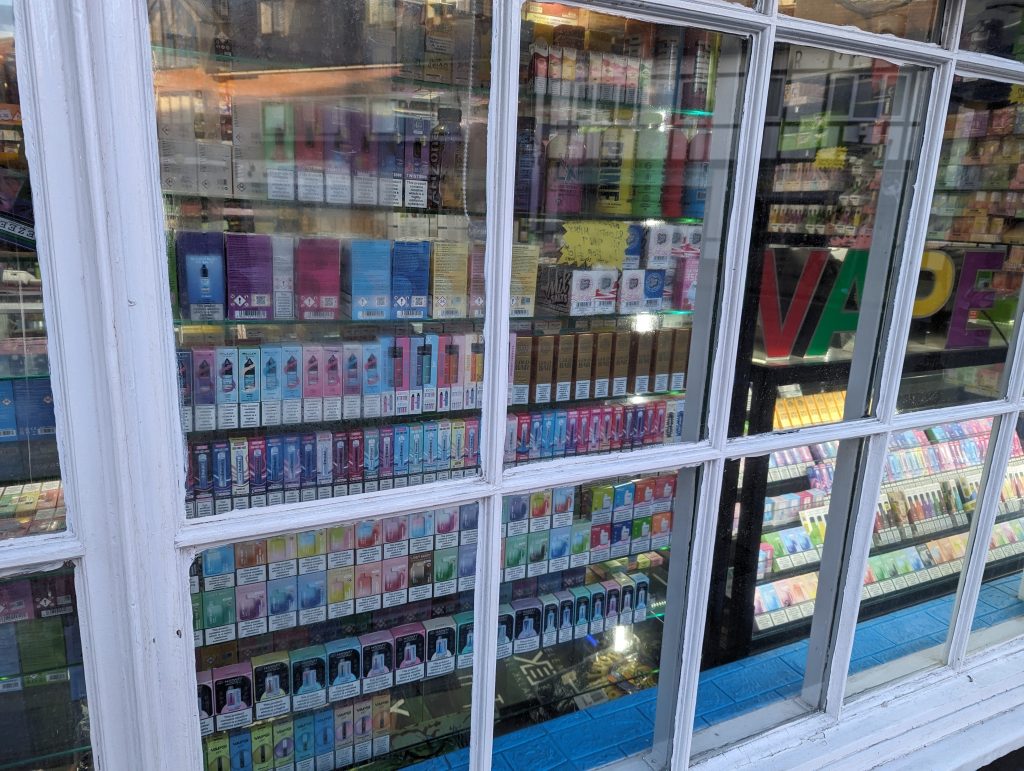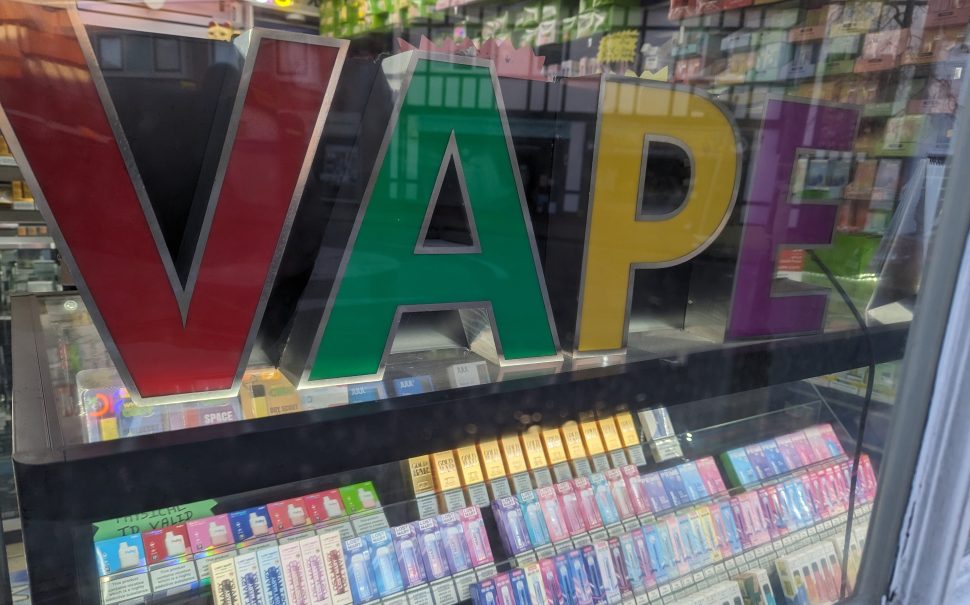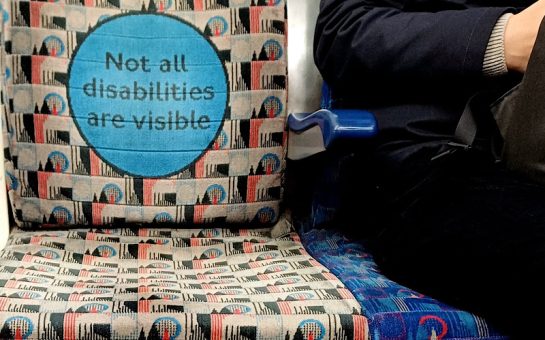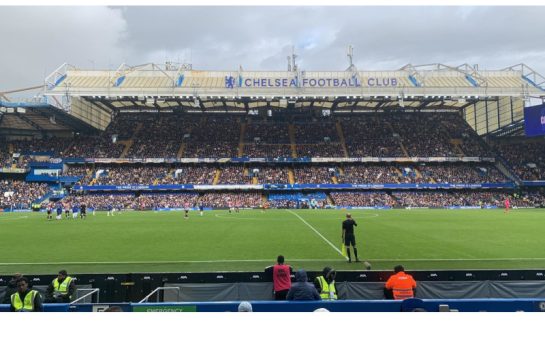A senior lecturer at King’s College London has suggested that alternative legislative methods, such as a ban on colourful vape packaging, could be implemented instead of an outright ban on the sale of disposable vapes.
Dr Debbie Robson’s comments came after the government said it was going to introduce legislation to ban disposable vapes in an attempt to tackle the rising number of young people taking up vaping.
The government also announced in the 2024 budget that it will introduce a new duty on vaping and increasing tobacco duty from October 2026 which it says will be used to fund public services like the NHS.
Dr Robson, a specialist in tobacco harm reduction at King’s College London, said: “They could and might well still consider other options such as plain packaging, changing the descriptors of flavours and heftier fines for shopkeepers who are selling vapes to people under the age of 18.”
Noting the colourful, branded packaging that vaping products are sold in, Dr Robson said the government had to do something to address what she said is making the products appealing to young people
In 2023, a study was published detailing how plain packaging, similar to that of cigarettes, can reduce the appeal of vaping to teenagers.
The study found that 11-18 year-olds who were shown standardised packaging were significantly more likely to report that their peers would have no interest in using the product compared with those shown the branded packaging.
However, for adults there was no significant difference between their interest in the vaping products regardless of how they were packaged.
The data also showed how young people were much more likely to think their peers would use the vaping product, regardless of packaging, than adults.
Dr Robson explained how branding elements such as the naming of products can be a driver of demand, but so can the flavour of the products.
Recent data found that 84.3% of young vapers most often use e-cigarette liquids that are sweet in flavour, according to the Action on Smoking and Health (ASH) group.
The 2023 Smokefree GB Youth Survey found that 60% of 11 to 17 year-old vapers most frequently purchase a ‘fruit’ flavoured vape, whilst 17% opt for ‘chocolate, desserts, sweet, or candy flavour’ vapes.
A further 4.8% of young vapers choose ‘energy drink or soft drink’ flavoured vapes, and 2.5% prefer ‘vanilla’ flavour.
When compared with the data regarding adults from a separate survey published later in 2023, it’s evident that sweet-flavoured e-cigarettes are significantly more popular amongst young people than adults, though they both remain the most popular in both categories.
Dr Robson said that the sweet flavours of the most popular vaping products are a driver for consumption, noting how the fruit vaping products are not only the most popular flavour amongst young people, but adults too.
She did note, however, that the problem is much more complicated than simply young people being attracted to the sweet flavour of the most popular vapes.

Dr Robson referenced the ban on menthol cigarette accessories that was brought into UK legislation in 2020.
Data from a 2022 study researching the issue indicated that the proportion of youth smokers who smoke menthol cigarettes decreased substantially following the menthol ban in England.
Despite this, Dr Robson said the problem remains.
She said: “The prevalence of menthol smoking hasn’t gone down because even though it’s supposedly banned, there’s always workarounds.”
Hazel Cheeseman, Deputy Chief Executive of Action on Smoking and Health (ASH) also explained how the prevalence of vaping is due to more than just the flavour of the products.
Cheeseman claimed the rise in the popularity of disposable vapes is the factor that has changed the face of the market in recent years.
She said: “They’re branded in a particular way with ‘in your face’ bright colours in loads of different kinds of shops, not just places that sell tobacco.”
“They’re widely available, they’re quite affordable, and they’re highly appealing as the vapes are tactile and people like holding them.”
Cheeseman said if the government wasto further regulate the flavour of vapes, they would have to do it in a way that didn’t reduce the appeal of vaping products to adults using them to stop smoking.
Perhaps surprisingly, the rates of e-cigarette usage from young people in London are the lowest in the UK.
They do however remain significantly high with 15% of 11-16 year-olds admitting having tried an e-cigarette, according to NHS data.
These figures differ significantly between girls and boys, with as many as 19% of London’s girls having used an e-cigarette compared to 12% of boys.
Vape usage in girls across the country is significantly higher than that of boys.
The region with the highest vaping use amongst young people in the UK was the North West of England, with 29% admitting to have used an e-cigarette and 12% saying they are current users, compared to just 5% of Londoners.
If you’re a parent or a young person wanting to know more about some of the misconceptions on vaping then click here to access ASH’s myth busting factsheet.





